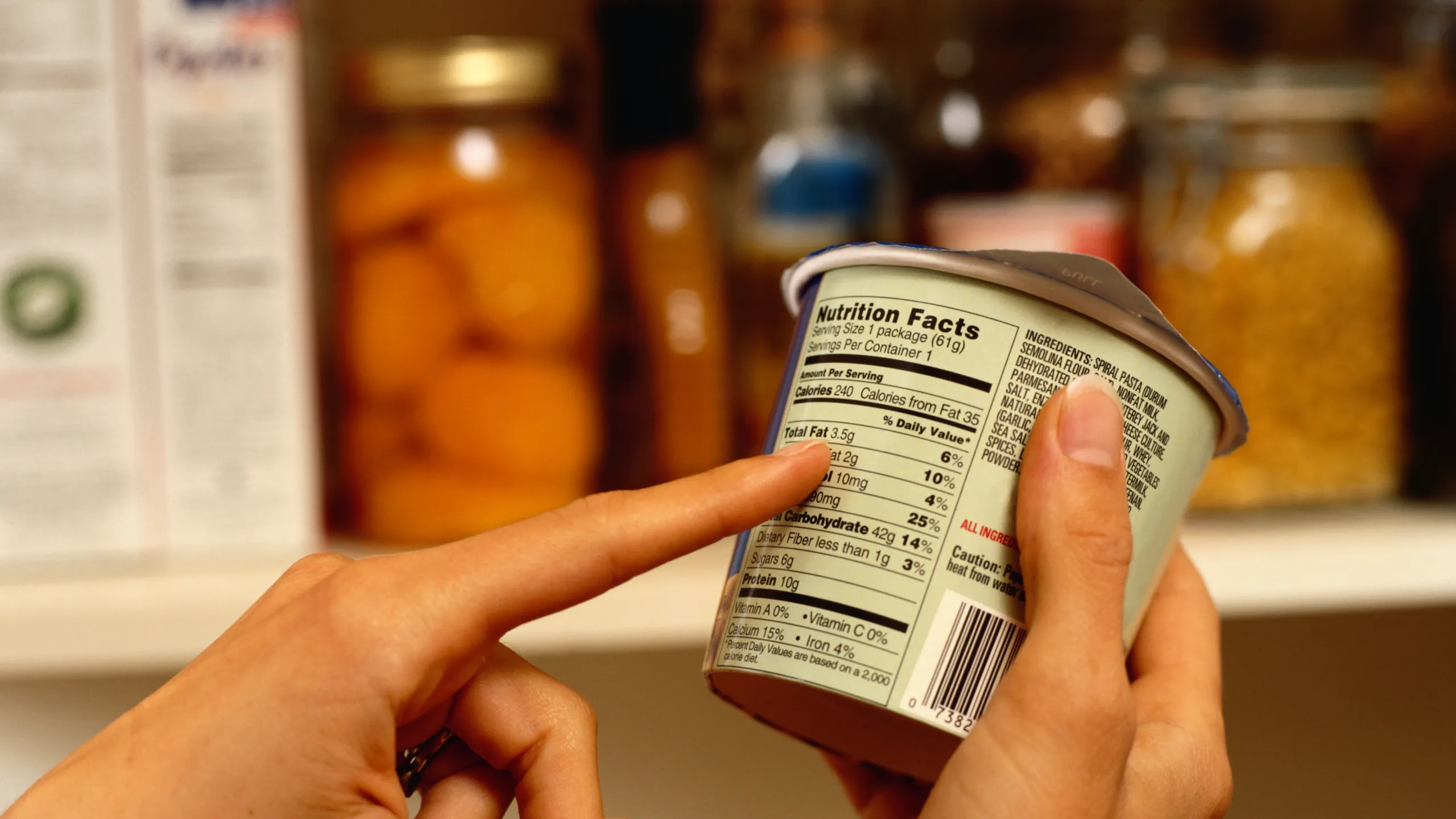
How to Read Food Labels Without Being Tricked
Food labeling regulations are complex, Companies are making it harder for consumers to understand them.
One of the best tips may be to completely ignore claims on the front of the packaging.
Front labels try to lure you into purchasing products by making health claims.
In fact, research shows that adding health claims to front labels makes people believe a product is healthier than the same product that doesn’t list health claims — thus affecting consumer choices.
Manufacturers are often dishonest in the way they use these labels. They tend to use health claims that are misleading and in some cases downright false.
Examples include many high-sugar breakfast cereals like whole-grain Cocoa Puffs. Despite what the label may imply, these products are not healthy.
This makes it hard for consumers to choose healthy options without a thorough inspection of the ingredients list.
Front labels are often used to lure people into buying products. However, some of these labels are highly misleading.
When returning an item, you may be responsible for the return shipping costs unless the return is due to an error on our part, such as a defective or incorrect item sent. We recommend using a trackable shipping method and retaining the shipping receipt as proof of shipment.
Here's a simplified guide for beginners to avoid being fooled by food labels:
1. Check Serving Sizes
Look at the serving size and compare it to how much you actually eat. Adjust the nutritional info if you eat more.
2. Ignore Buzzwords
Words like "natural," "organic," or "low-fat" can be misleading. Always check the full label.
3. Read the Ingredients
The first three ingredients matter most. Avoid products where sugar or refined grains are listed early.
4. Watch for Hidden Sugars
Added sugars have many names (e.g., high-fructose corn syrup, honey). Be cautious of products with multiple types of sugar.
5. Understand Health Claims
"No added sugar" doesn't mean low in sugar. "Whole grain" should be one of the first ingredients listed.
6. Check for Artificial Additives
Look for recognizable ingredients. Avoid products with many artificial preservatives or colorings.
7. Compare Products
Compare labels of similar products to choose the healthier option.
8. Focus on the Back Label
Ignore marketing claims on the front. The back label has the important nutritional and ingredient information.
The Most Misleading Claims
Health claims on packaged food are designed to catch your attention and convince you that the product is healthy. Here’s what they really mean:
1. Light
Reduced calories or fat, but may have added sugar. Sometimes just watered down.
2. Multigrain
Contains multiple types of grain, but not necessarily whole grains. Likely refined unless marked as whole grain.
4. Natural
Not always truly natural. It means the manufacturer used a natural source at some point, like apples or rice.
5. Organic
Organic doesn’t mean healthy. Organic sugar is still sugar.
6. No Added Sugar
Naturally high in sugar doesn’t mean healthy. May have unhealthy sugar substitutes.
7. Low-Calorie
Must have one-third fewer calories than the original product, but could still be high in calories compared to other brands.
8. Low-Fat
Reduced fat often means more sugar added. Always check the ingredients.
9. Low-Carb
Linked to health benefits, but low-carb processed foods can still be unhealthy junk food.
10. Made with Whole Grains
May contain very little whole grains. Check if whole grains are among the first three ingredients.
11. Fortified or Enriched
Added nutrients, like vitamin D in milk, but doesn’t make a product healthy by default.
12. Gluten-Free
Doesn’t contain wheat, spelt, rye, or barley, but can still be highly processed and unhealthy.
13. Fruit-Flavored
May contain no real fruit, just chemicals designed to taste like fruit.
14. Zero Trans Fat
Means less than 0.5 grams per serving. Small serving sizes can hide the presence of trans fats.
Bottom Line
Even if a label makes certain health claims, it doesn’t guarantee the product is healthy. Always read the full label and ingredients list to make informed choices.
Watch out for the following names of sugar in ingredient lists:
Types of sugar: beet sugar, brown sugar, buttered sugar, cane sugar, caster sugar, coconut sugar, date sugar, golden sugar, invert sugar, muscovado sugar, organic raw sugar, raspadura sugar, evaporated cane juice, and confectioner’s sugar.
Types of syrup: carob syrup, golden syrup, high-fructose corn syrup, honey, agave nectar, malt syrup, maple syrup, oat syrup, rice bran syrup, and rice syrup.
Other added sugars: barley malt, molasses, cane juice crystals, lactose, corn sweetener, crystalline fructose, dextran, malt powder, ethyl maltol, fructose, fruit juice concentrate, galactose, glucose, disaccharides, maltodextrin, and maltose.
Many more names for sugar exist, but these are the most common.
If you see any of these in the top spots on the ingredients lists or several kinds throughout the list then the product is high in added sugar.
SUMMARY
Sugar goes by various names — many of which you may not recognize. These include cane sugar, invert sugar, corn sweetener, dextran, molasses, malt syrup, maltose, and evaporated cane juice.
Serving sizes listed on packaging may be misleading and unrealistic. Manufacturers often list a much smaller amount than what most people consume in one setting.
When returning an item, you may be responsible for the return shipping costs unless the return is due to an error on our part, such as a defective or incorrect item sent. We recommend using a trackable shipping method and retaining the shipping receipt as proof of shipment.